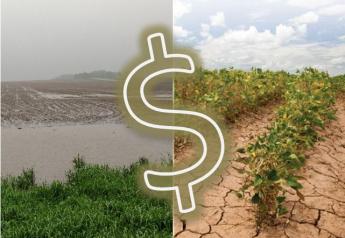Create A Continual Improvement Strategy

Kelly Farrell manages Farrell Growth Group’s benchmarking and industry trends through Farrell Growth’s MIX (Management Information Excellence) program.
Companies that stop improving and growing are often destined to go backward and likely disappear. Companies that take on the challenge to look for ways to improve generally grow exponentially. One excellent tool used by many of the best of the best is benchmarking a company’s performance against its peers’ performance.
For example, financial statement benchmarking compares financial results. Financial statements essentially serve as scorecards for how your company is performing. The best management teams use their scorecard to adjust their strategic plans in the same way a scoreboard allows a coach to make adjustments to a game plan.
The key to a successful benchmarking program is to use the results as a starting point. However, the overall goal should be to get the information you need to coach employees and give them accurate, meaningful and achievable targets. This will allow your company to continually stimulate growth.
A well-run benchmarking program can be a tool in your toolbox to guide your strategic plans and track your progress. When looking into benchmarking programs, here are five considerations:
- Financial statements must be restated to a comparable format. If the company performing the benchmarking simply compiles the financial statements of the group and does not make adjustments to ensure each company’s financial statements are stated on a comparable basis, the final product will be of limited value. This approach requires more time and expense but is truly essential if you are looking for meaningful comparisons.
- Be selective. You need to be confident in the abilities of the company doing the benchmarking. In addition to knowledge of accounting principles and the benchmarking process, it is also ideal the firm understands your industry.
- Confidentiality is essential! You must have confidence your financial statements are being handled with care. Consider having the benchmarking done by a neutral source rather than someone with a vested interest in your business.
- Know the companies in your comparison group. There is certainly value in seeing where you stand within a group of all your peers. But if you are looking to be the best, then you will want to compare yourself to the best.
- Consider a benchmarking service that includes a peer-to-peer meeting. Discussing with peers how they achieve results and implement intelligence into the business can help you accomplish the next level of performance.







